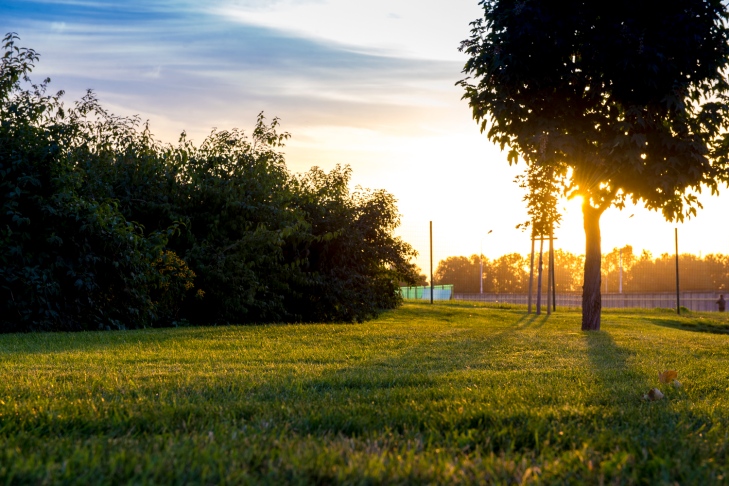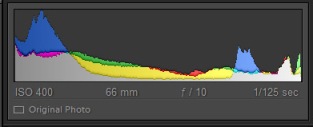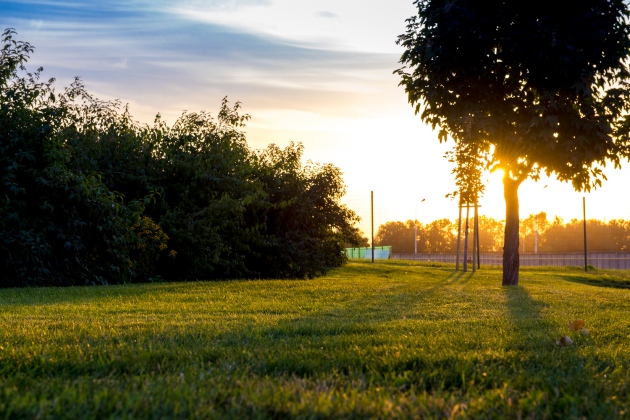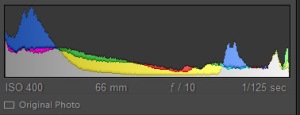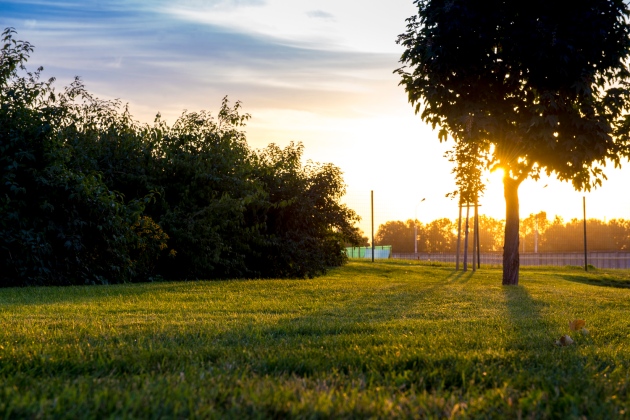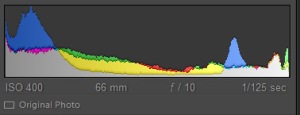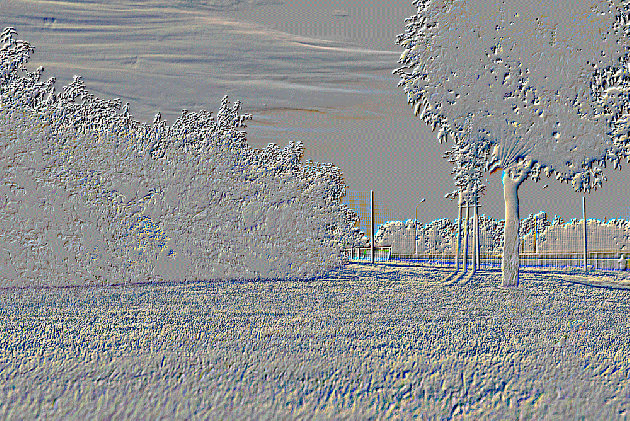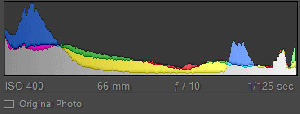Brief
Take three or four exposures of the same scene. Don’t change anything on the
camera and keep the framing the same.
Preview the shots on the LCD screen. At first glance they look the same, but are
they? Perhaps a leaf moved with the wind, the light changed subtly, or the framing
changed almost imperceptibly to include one seemingly insignificant object and
exclude another. Time flows, the moment of each frame is different, and, as the
saying has it, ‘you can’t step into the same river twice’.
Now bring up the histogram on the preview screen. The histogram is a graphical
representation of exposure – the camera’s sensitivity to light. As you page through
the images you can see small variations in the histograms. Even though the pictures
look the same, the histogram data shows that in a matter of seconds the world
changes, and these subtle differences are recorded by the camera. If you refine the
test conditions – shooting on a tripod to fix the framing, moving indoors and closing
the curtains to exclude daylight – still the histogram changes. Probably some of
the changes are within the camera mechanism itself; still, the camera is a sensitive
enough instrument to record them.
Add the sequence to your learning log with the time info from your camera’s
shooting data as your first images for Part One.
This exercise presented a very important concept for me. What matters most is the object and the scene. And it was very nice to realize that a photographer does not perform just a mechanical act of taking a snapshot but has a much more important role. He records and saves forever the image of the ever-changing, amazingly complex world. As the world changes and passes, it is very important to constantly keep record of this process, both from the art and scientific points of view. This concept corresponds very well to one of my favorite quotes by Diane Arbus: “I really believe there are things nobody would see if I didn’t photograph them.” (An Aperture Monograph by Diane Arbus)
(ending under the images)
6:56:45 PM
6:56:54 PM
The frame animation eloquently demonstrates that the world changes all the time. The camera was still on the tripod, but within 10 seconds interval between shots there were few things that didn’t actually move. The sun set lower, lines of the rays and shades slightly changed, a person on the lane passed, new cloud emerged from nowhere, leaves and blades kept changing their position.
